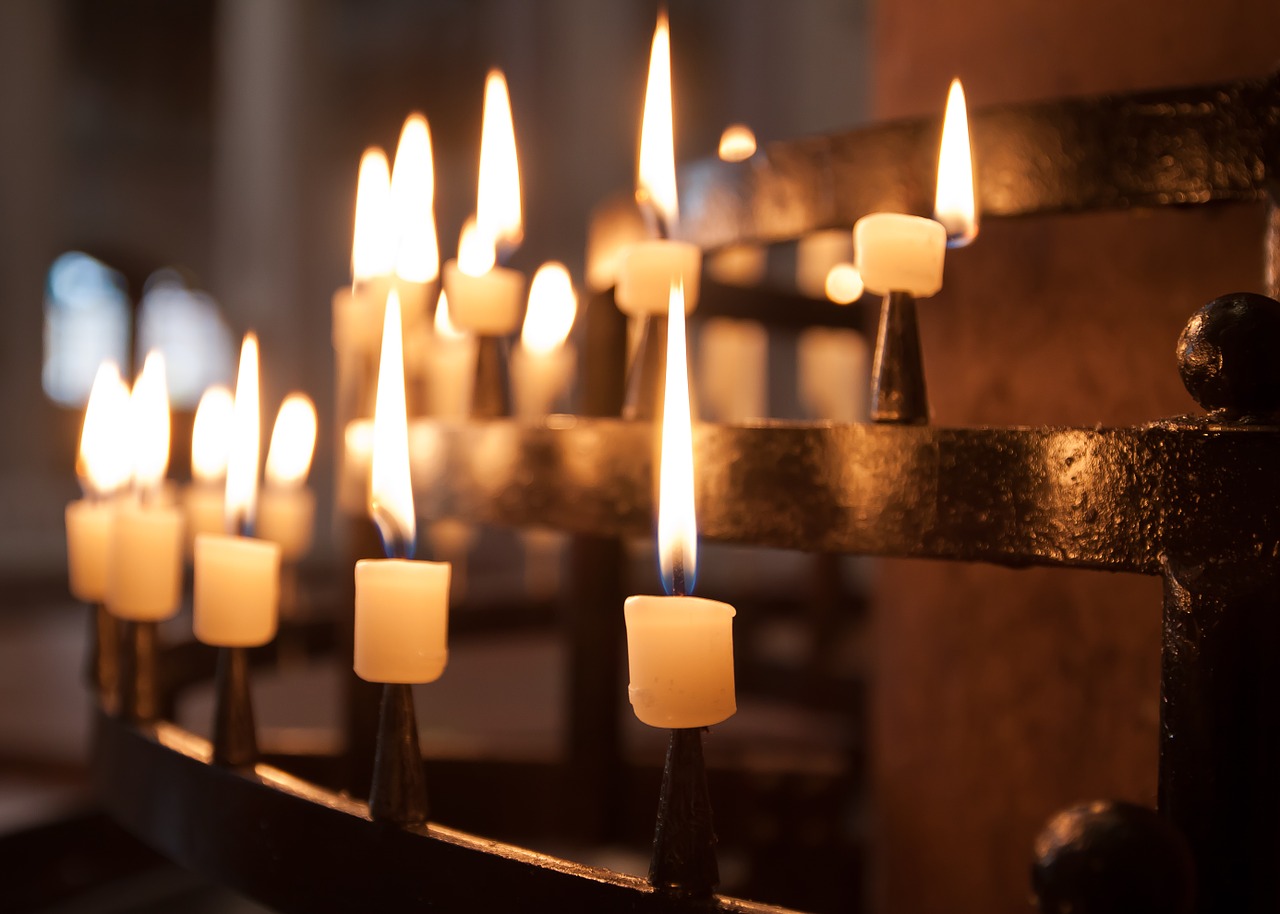Answered by Legionary of Christ Father Edward McNamara, professor of liturgy and dean of theology at the Regina Apostolorum university.
***
Q1: Someone asked why Catholics genuflect to the cross from Good Friday till Holy Saturday, since the act of genuflection is reserved to the Blessed Sacrament in adoration. By genuflecting to the cross, is it not an act of idolatry? — M.U., Lagos, Nigeria
Q2: In the Good Friday service the liturgy of this event states that one part of the service is the Adoration of the Cross with three responses of “Come , let us worship.” I seem to recall that it was once the Veneration of the Cross. Protestants often accuse Catholics of worshipping pictures and statues. I have always replied that we only adore God and we may “venerate” these other symbols. The word “worship” would tend to support their position. Can you give me an explanation for this wording? — J.D., Williams Lake, British Columbia
A: The official title for this rite is “Veneration of the Cross,” and the reply to the invocation “This is the wood of the cross on which hung the Savior of the World” is “Come let us worship” (“Venite adoremus”).
The word “worship” in modern English is usually, albeit not exclusively, reserved to the divine.
It is true that the Church does not offer an act of adoration to a figure of wood but to Christ. All the same, the veneration of the crucifix on Good Friday is vested with a special intensity that is different from the respect shown toward the crucifix during the rest of the year. This is exemplified by the fact that from the celebration of the Passion and on Holy Saturday until the Easter Vigil, one genuflects before the crucifix or cross used in the celebration.
Genuflection (from the Latin “genu flectere” to bend the knee) is a gesture that expresses a series of attitudes of veneration and respect. Nowadays the act of genuflecting is closely associated to the act of adoration addressed toward the divinity. Indeed, this is the only sense mentioned in the introduction to the missal:
“274. A genuflection, made by bending the right knee to the ground, signifies adoration, and therefore it is reserved for the Most Blessed Sacrament, as well as for the Holy Cross from the solemn adoration during the liturgical celebration on Good Friday until the beginning of the Easter Vigil.”
While this statement is true, the act of genuflection has received wider interpretation and is not exclusive to adoration. The genuflection is a relatively recent addition to liturgical practice and became obligatory only after 1502. Apart from their use as an act of adoration of the Blessed Sacrament, genuflections are prescribed during the words “he became incarnate” during the Creed on Christmas Day and on the solemnity of the Annunciation. They are also foreseen for any public veneration of the True Cross and during the Easter triduum as seen above. Until recently they were prescribed in the presence of a pope and whenever passing the bishop of a diocese when he presided at a ceremony.
Outside of the liturgy, popular piety has several occasions for making genuflections. For example, many Catholics have the custom of making a genuflection during the Way of the Cross at the words “We adore you, O Christ, and we bless you, for through your Holy Cross you have saved the world.”
Except for the now-abolished (in the ordinary form) genuflections toward pope and bishop, all of the others in some way reflect adoration toward Christ, either really present in the Eucharist or symbolized in some special way.
Therefore, since the gesture is not exclusive to divine adoration, its use on Good Friday and Holy Saturday does not imply any form of idolatry.
From a historical perspective, the reason for the use of this special gesture of veneration is probably because the rite of veneration of the cross originated in Jerusalem toward the end of the fourth century and in Rome in the seventh, and were directed toward the principal relics of the True Cross kept in these cities.
Only later, when the rite became common, was the sign of veneration usually reserved to the True Cross extended to the crucifix used in the celebration.
While the object of adoration or worship is always Christ, the special veneration of the cross on these days seems to say that although the tabernacle is empty, all other images covered, and the Church silently awaits the resurrection, his divine presence is symbolized by the image of the cross through which he saved us from our sins.
By concentrating on the image of the cross, the Church, as Louis Bouyer says, “causes us to realize what could not be discovered by the ‘powers’ who crucified the Lord of Glory, that in his cross is our glorification.”
* * *
Readers may send questions to zenit.liturgy@gmail.com. Please put the word “Liturgy” in the subject field. The text should include your initials, your city and your state, province or country. Father McNamara can only answer a small selection of the great number of questions that arrive

Pixabay.com - Foto-Rabe
LITURGY Q & A: Genuflecting to the Cross
Fr. Edward McNamara Says Act of Adoration Is Toward Christ


